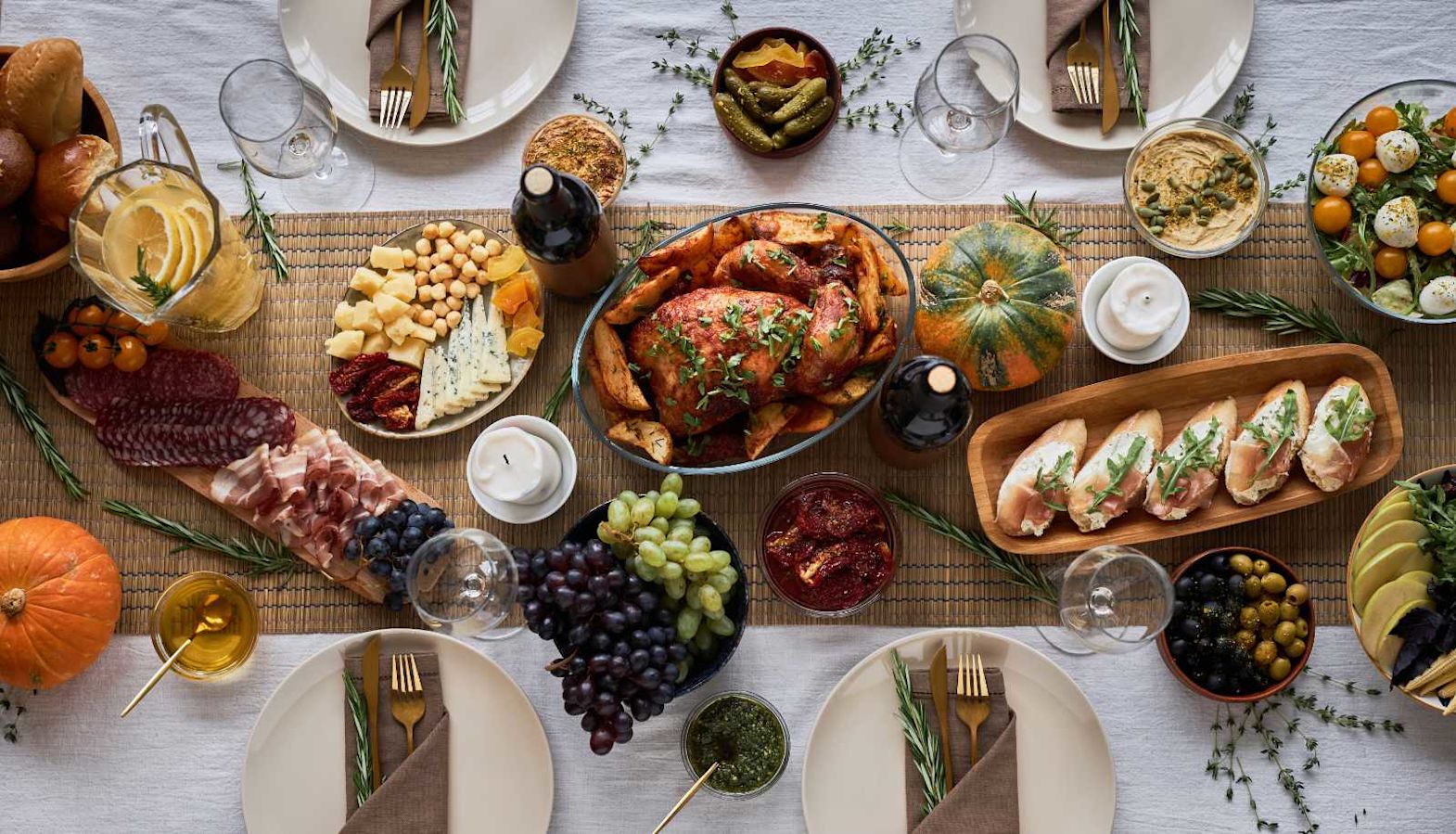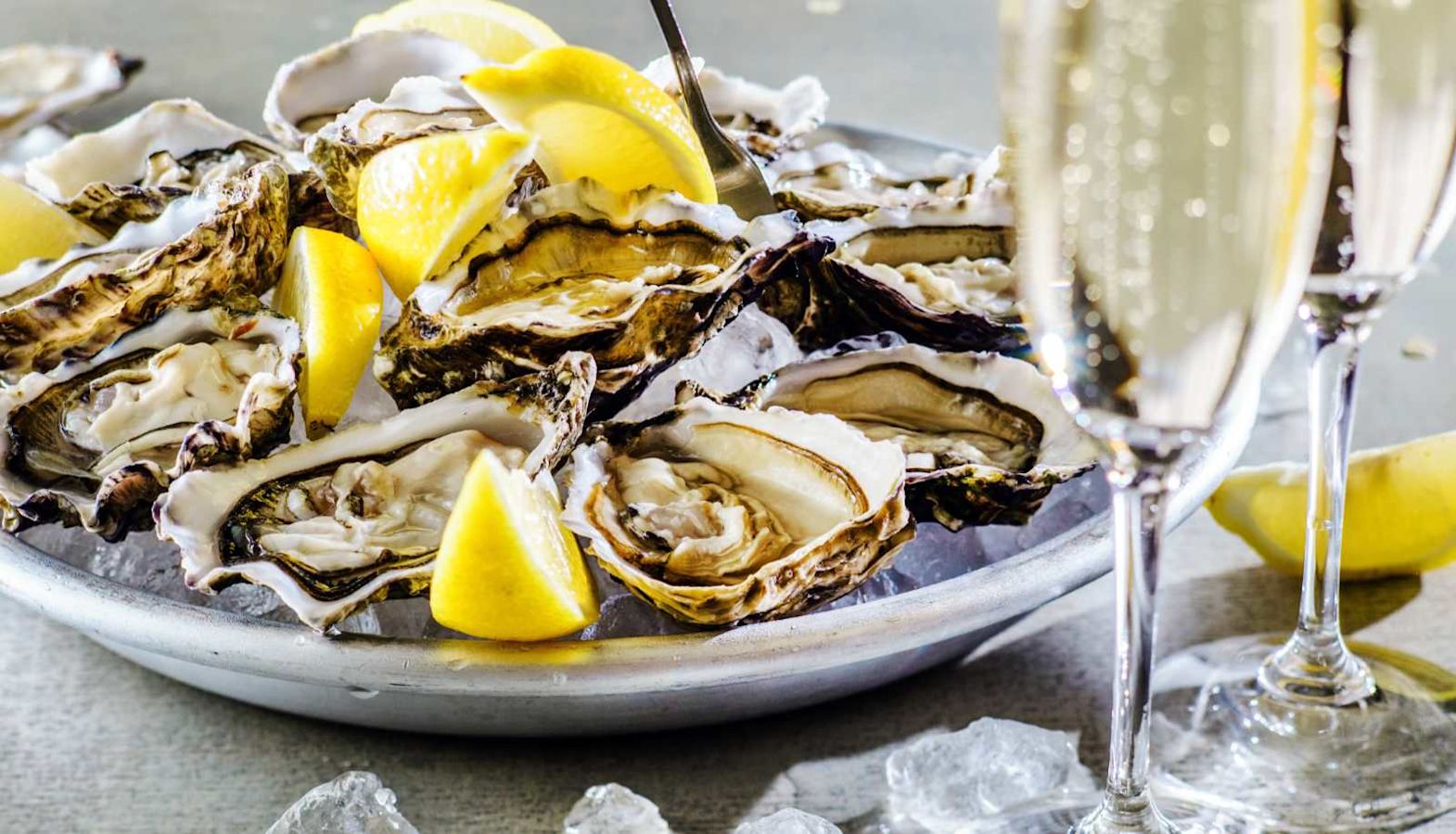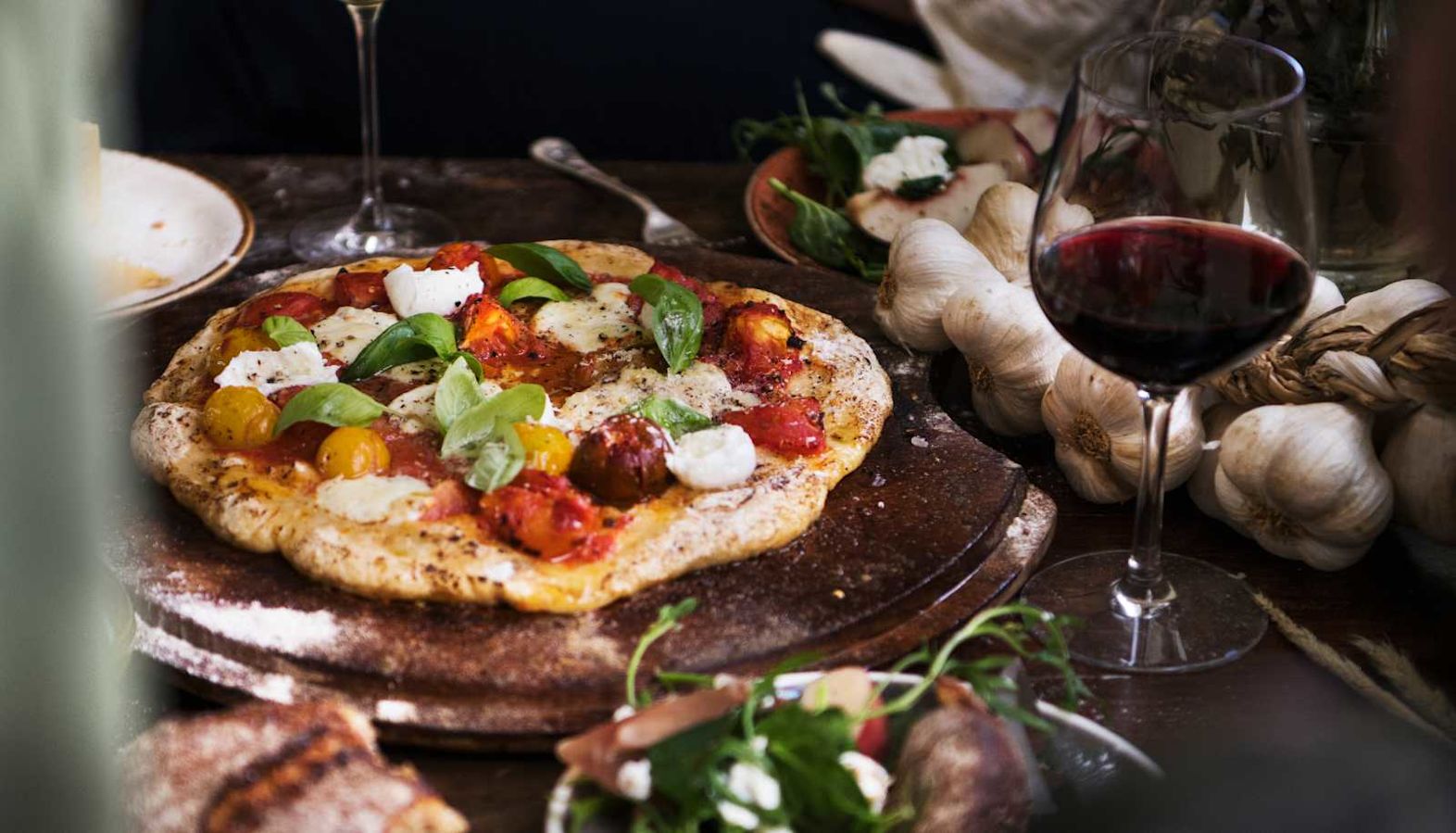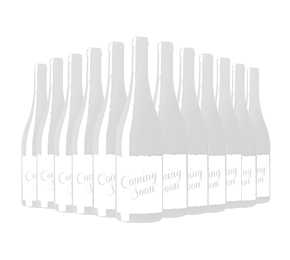Chat with Vinny
With so many wine styles to choose from it can seem tricky matching food and wine. But it doesn’t need to be. You’ll find simple guidelines, and some inspired food and wine matches, in our handy guide.
Getting started with food and wine pairing
Pairing food and wine may seem like a dark art, but it’s a skill anyone can master. Pairing your food with the right wine can transform your meal, making both the food and the wine taste even better.
In contrast, a wrong match can leave you with an underwhelming jumble of conflicting tastes. But it can be tricky to figure out what wine goes with what dish. Ingredients, cooking methods and the characteristics of different wines all affect the taste combo.
So, while it’s not an absolute requirement to match the right wine with, say, seafood pasta or a sizzling steak, the chance to take your tastebuds to the next level by getting to grips with the basics of wine and food pairing can be worth it.

General food and wine pairing tips
Here are a few simple guidelines to help you get your food and wine pairings right every time:
Balance the ‘weight’ of food and wine: Balance is key when it comes to food and wine pairings. Your wine and the dish you serve it with should have a similar level of weight (or body) to avoid them overpowering each other. Lighter foods which are generally lower in fat, such as salads and grilled vegetables, work best with lighter wines, while heavier, richer dishes call for something more full-bodied in your glass.
Choose the right alcohol level: The amount of alcohol in wine (known as the percentage of alcohol by volume or ABV) – can directly impact taste. For example, pairing spicy food with a high-alcohol wine doesn’t work – trust us, a bold California Zinfandel with a spicy chicken madras will set your mouth on fire. Opt for low-to-medium alcohol levels and maybe something off-dry to quench the heat of the spice, allowing you to enjoy wine and spicy food without breaking a sweat. Save higher-alcohol wines for hearty stews, steaks and braised meats.
Consider acidity: Acidity is your friend when it comes to food pairings. Always pick a more acidic wine than the meal on your plate. High-acidity wines, such as a Sauvignon Blanc or a Riesling, help cleanse the palate when eating slightly fatty, oily foods.
Pair flavours like with like: Pairing like with like is a good starting point for any wine and food pairing. Match savoury with savoury, sweet with sweet, and look for similar flavours, such as a citrus-driven Sauvignon Blanc with grilled fish with lime or an earthy Nebbiolo served alongside a mushroom dish. Intensity can also apply to ingredients. For example, aromatic dishes with spices and bold flavours need equally bold wines. For example, we’d recommend more fragrant, aromatic wines when drinking with similarly fragrant Thai dishes.
Opposites attract, too: Contrasting flavours often make exciting partners. A sweet white Gewürztraminer or Riesling can help balance the heat of a spicy Asian or Mexican dish and a high acidity refreshes the palate.
Wine should be sweeter than the food: A good guideline is to choose a wine that is sweeter than the food served. A sweet wine acts as a foil to rich foods. Sweetness also helps balance the saltiness of food, which explains why sweet wines such as Port work brilliantly when paired with blue cheeses.
Pair with the sauce: Sauces should guide your wine decisions. Opt for a Sauvignon Blanc with delicate citrus sauces or a Chardonnay with a creamy mushroom sauce, while a robust red like a Shiraz pairs well with warming sauces like peppercorn.
Cooking methods: This can affect your choice of wine. Grilling and barbecuing add smokiness to food, so opt for wines with smoky or cured flavours. With poached or steamed dishes, aim for a bright, crisp and not-too-complex wine.
When in doubt: “What grows together, goes together” is a common saying in the wine world, and it’s a simple, clever rule for food and wine pairing – from Barolo and ossobuco to fresh goat’s cheese and Sauvignon Blanc.
Classic food and wine pairings
If you’re looking for a starting place for how pairing food and wine works first-hand, try one of these tried and true combos.
Cabernet Sauvignon and steak
A juicy sirloin or ribeye – what’s not to love? Perfect with a Cabernet Sauvignon, the rich tannins in the wine love the fat in the steak, making every bite and sip a treat. Not a Cabernet fan? Malbec or Merlot are fab alternatives.
Oaked Chardonnay and roast chicken
A buttery roast chicken and a glass of toasty, oak-aged Chardonnay is pure indulgence. This full-bodied white holds up the chicken’s savoury flavour but has enough acidity to slice through the chicken’s richness. If you fancy a change, try a Viognier or Pinot Noir as the go-to choice for a red with roast chicken.

Champagne and oysters
The crispness of traditional sparkling wines, such as Champagne or Cava, is a match made in heaven with fresh oysters. Fancy a twist? Carefully grill the oysters and pair them with a sparkling rosé.
Pinot Noir and mushrooms
Earthy, savoury dishes such as mushrooms or truffles on the menu? Say hello to Pinot Noir. Perfect poured alongside a crisp-based mushroom pizza, succulent portobello burger or mushroom risotto topped with black truffle. Of course, Pinot Noir goes well with any number of dishes, and if you’re pairing red wine with fish, Pinot’s your top pick – this medium-bodied variety is perfect for cutting through the fattiness of tuna, salmon or mackerel.

Sangiovese and pizza
The tang of tomato sauce and melted cheese on your pizza practically demands the red fruit and zesty kick of Sangiovese. Pepperoni fan? A glass of Chianti is a must. But there are plenty of other high-acidity Italian reds to go with your pizza. Check out Dolcetto, Nero d’Avola and Barbera.
Sparkling wine and fish and chips
Who’d have thought? Sparkling wine and battered fish! While sparkling wine feels like a luxury, there is some science to this unexpected wine and food pairing. The acidity and bubbles in the Champagne cut through the fat in the fish and chips. And if you’ve squeezed lemon juice on your fish or sploshed some vinegar on your chips, then the acidity from those will also complement the fizz perfectly. Whether you’re keeping it easy with Cava or splurging on a bottle of Champagne, this pairing is a hit in more ways than one.
Zinfandel and barbecue
Zinfandel’s berry burst is just the ticket for BBQ – whether it’s pork ribs, sausages or a bacon-topped cheeseburger. Bursting with juicy berry flavours, the smoky undertones and high alcohol levels of Zinfandel pair effortlessly with the tangy, sweet, meaty flavours of barbecued meat.

About the author
Nikki Jacoby
Nikki has spent all her career in wine, selling it first by the spoken word, then as a writer in the publishing world, before returning to work within the Laithwaites’ copy team for most of the last 30 years. Many years ago, she passed both halves of the diploma, but the greatest education in wine has been a full immersion in it, visiting the places and talking to its many passionate producers. As a topic, it will never cease to fascinate.

